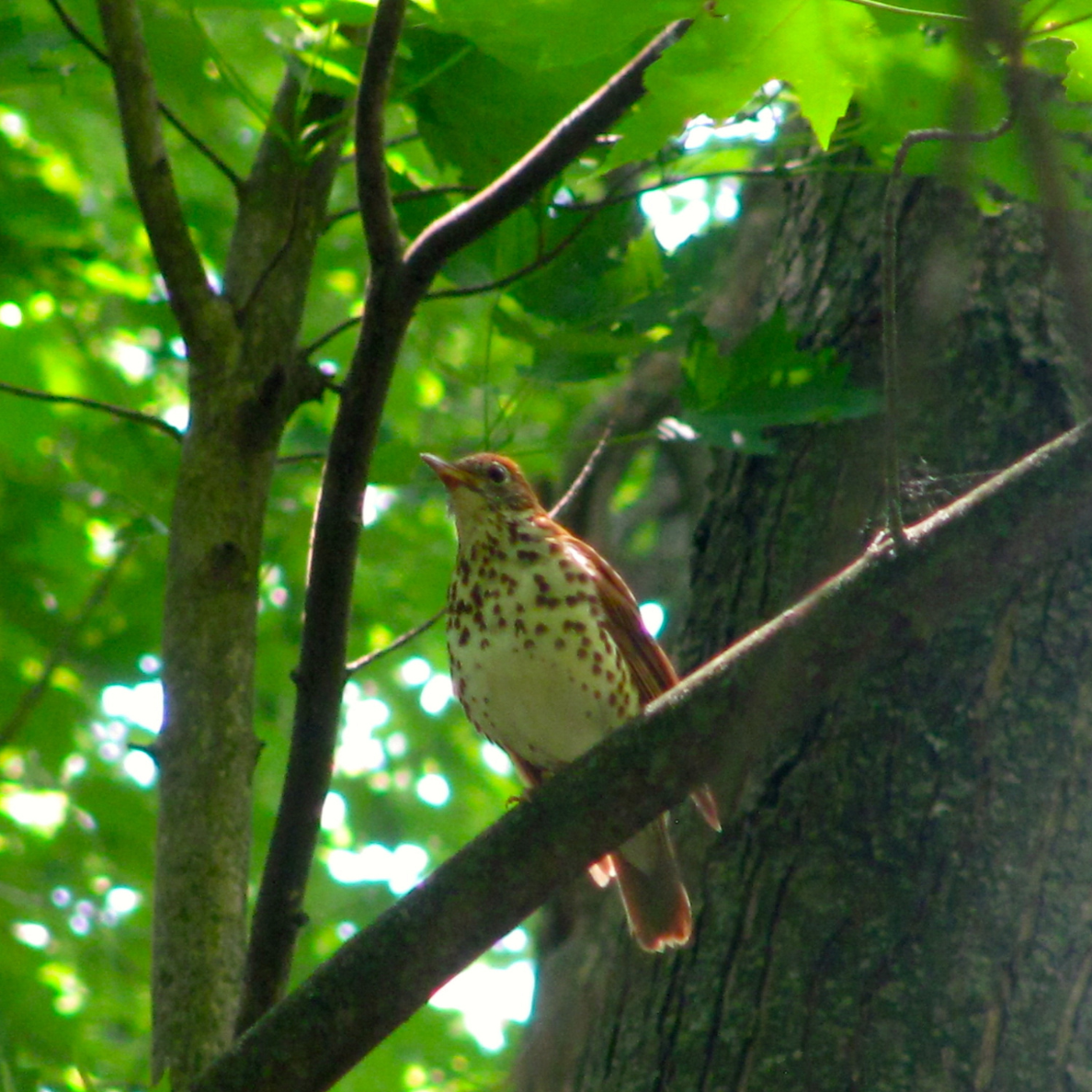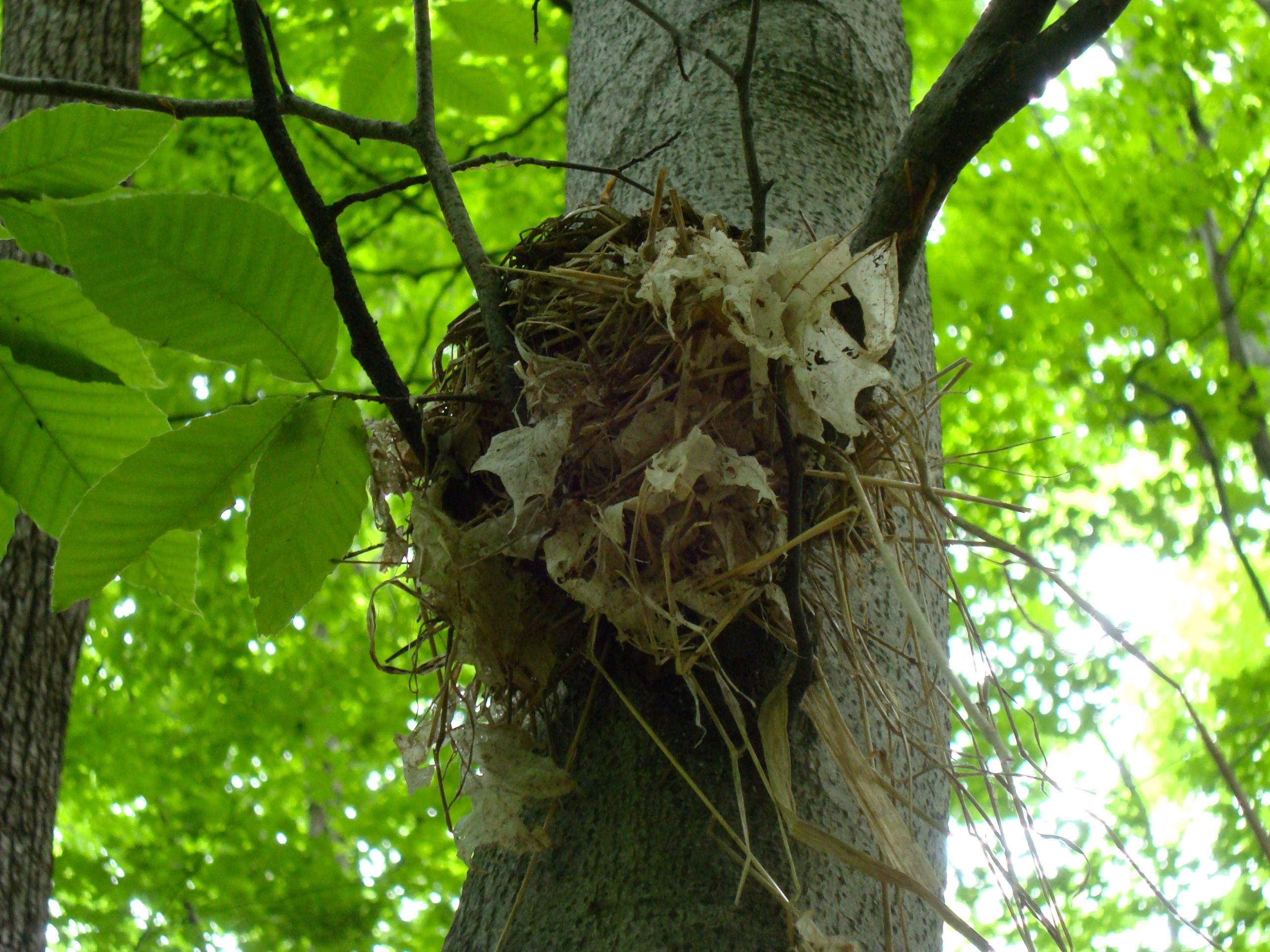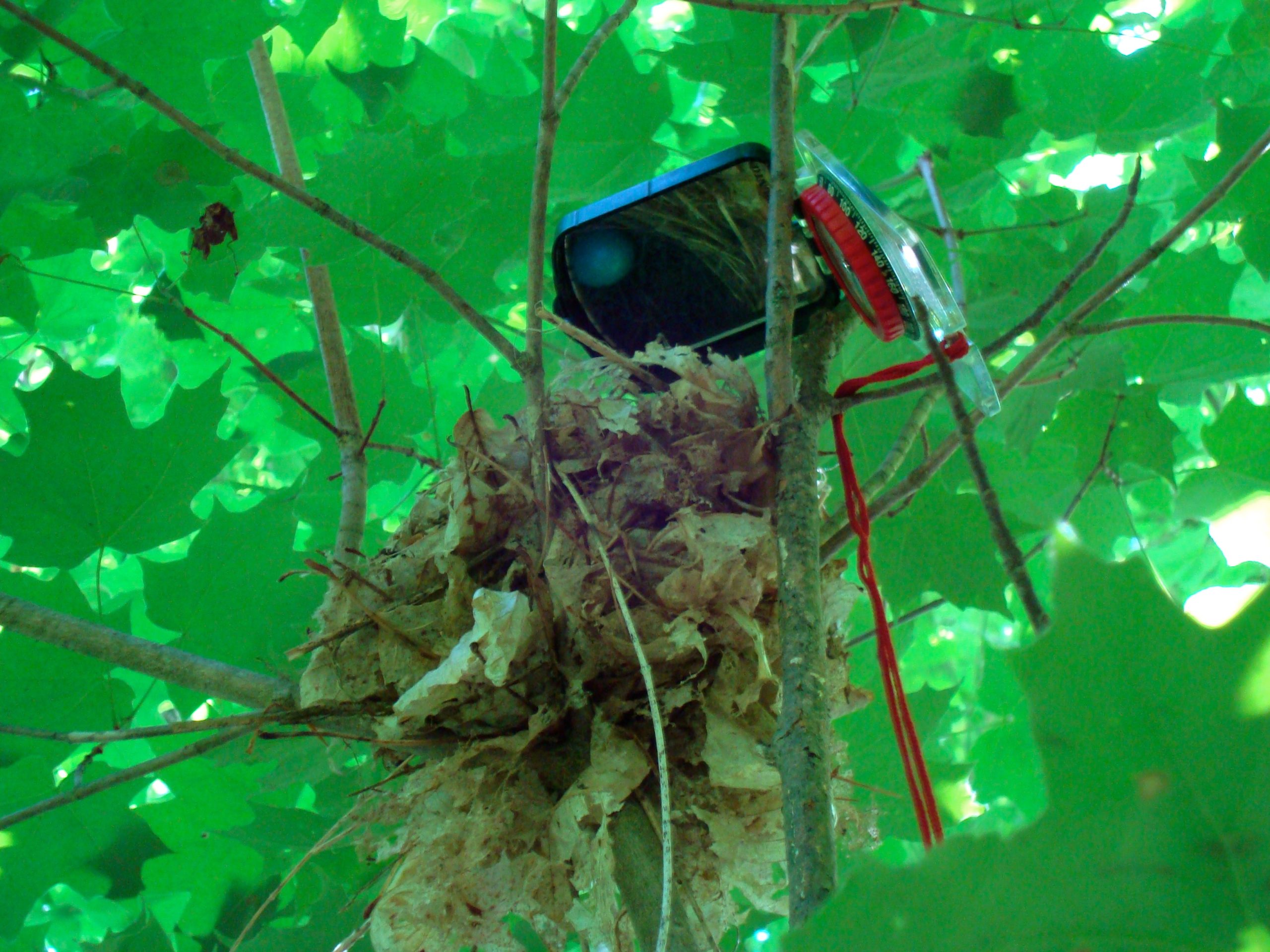by Dr. Rémi Torrenta, Bird Biologist and Projects Coordinator – British Columbia, Birds Canada
If you like to go hiking in deciduous and mixed forests of eastern North America (and being eaten by bugs), you have probably heard the flute-like song of the Wood Thrush resonating in the woods – arguably one of the most beautiful bird songs! However it is becoming rarer and rarer, with Wood Thrush populations showing a global decline of 50% over 50 years. Both habitat loss and fragmentation in breeding and wintering ranges are suspected to be important drivers of the decline of the Wood Thrush.
In this study, our research team was interested in (1) examining shifts in where, and in what numbers, birds of this species were found (i.e., occurrence and abundance); and (2) understanding which factors can play a role in those changes. To conduct this research, we used a combination of different large-scale datasets from Canada – including data collected by Citizen Scientists through Breeding Bird Atlas projects and the Forest Bird Monitoring Program –, as well as bird surveys and sample collection (feathers, blood) in eastern Ontario.
Wood Thrush Photo: Annick Antaya
Focusing mostly on breeding populations in Ontario and Québec, we found important differences between populations of the St. Lawrence Lowlands, located at the inner core of the species’ Canadian breeding range, and populations of the Canadian Shield, located at the edge of its Canadian breeding range. The population in the core was surprisingly stable despite high rates of forest loss and fragmentation. At the edge of its range, Wood Thrush populations may be more at risk of local extinction due to a combination of factors: lower habitat quality and prey availability, but also fewer new birds moving into these areas (i.e., lower immigration).
In the St. Lawrence Lowlands, abundance trends pointed to a decline similar to that observed at the edge of the range, suggesting that factors during the nonbreeding period are playing a role. However, despite the population decline, occurrence patterns in the core part of the range appeared stable over several decades … How can that be, given that these birds are experiencing the negative effects of forest loss and fragmentation on their breeding grounds, and deforestation on their wintering grounds?
Wood Thrush nest Photo: Rémi Torrenta
Well, the first important thing to mention is that those forest fragments have a dense understory layer, which has been very favorable to the Wood Thrush, especially following regeneration after the 1998 ice storm. The other thing we found is that young birds moving into these fragments from larger forests (i.e., natal dispersal) may compensate for the low number of young produced within these fragments, thus “subsidizing” this fragile population.
These findings add to evidence that it is important for forest songbirds that we maintain connectivity between populations, and that we protect large forest blocks as much as possible. To learn more about this research, you can read the scientific paper for free online here.
This study was conducted by researchers from Université de Moncton, Birds Canada, University of Western Ontario, and Université du Québec à Rimouski. It was funded by the Natural Sciences and Engineering Research Council of Canada, Birds Canada, Canadian Wildlife Service, and Bourses Acadie-France.




